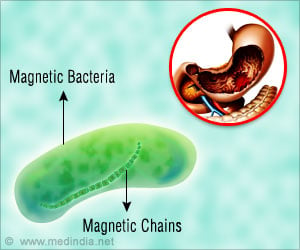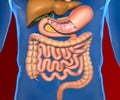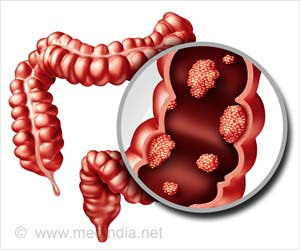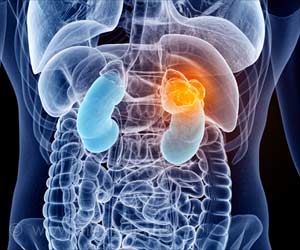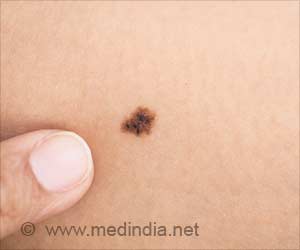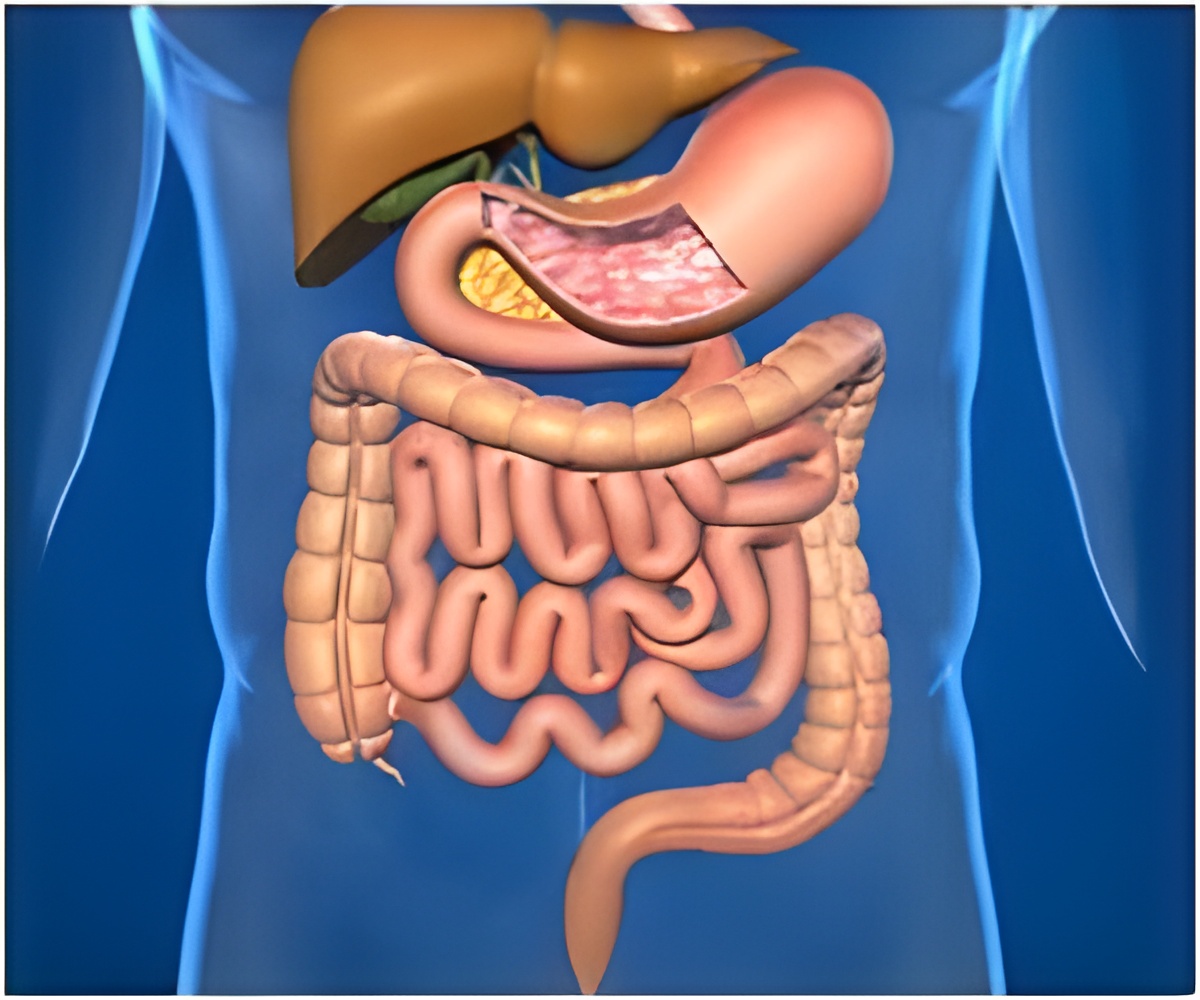
The BMJ researchers collected two breath samples from 484 people, after a 12 hour fast and abstention from smoking for at least three hours. Ninety nine of the participants had already been diagnosed with stomach cancer, but not yet treated with chemotherapy or radiotherapy. Participants were asked about their smoking and drinking habits and tested for Helicobacter pylori infection, a known risk factor for stomach cancer.
The first breath sample was analysed using a technique (GCMS) that measures the various volatile organic compounds in exhaled breath. The second sample was subjected to nanoarray analysis combined with pattern recognition. The GCMS results showed that both patients with cancer and those without the disease had distinctive breath prints.
The researchers point out that GCMS technology cannot be used for screening purposes, because it is very expensive and requires lengthy processing times and considerable expertise to operate it. Nanoarray analysis, on the other hand, is not only accurate and highly sensitive, but offers a much simpler and cheaper alternative.
Being able to accurately differentiate between low and high risk changes would avoid unnecessary endoscopies, and would enable any progression to cancer or signs of disease recurrence to be monitored. A large trial involving thousands of patients, including those with stomach cancer or pre-cancerous changes, is currently under way in Europe to test the technology’s suitability as a screening method, they suggested.
The attraction of this test lies in its non-invasiveness, ease of use (therefore high compliance would be expected), rapid predictiveness, insensitivity to confounding factors, and potentially low cost, they conclude.
Advertisement
Source-ANI

